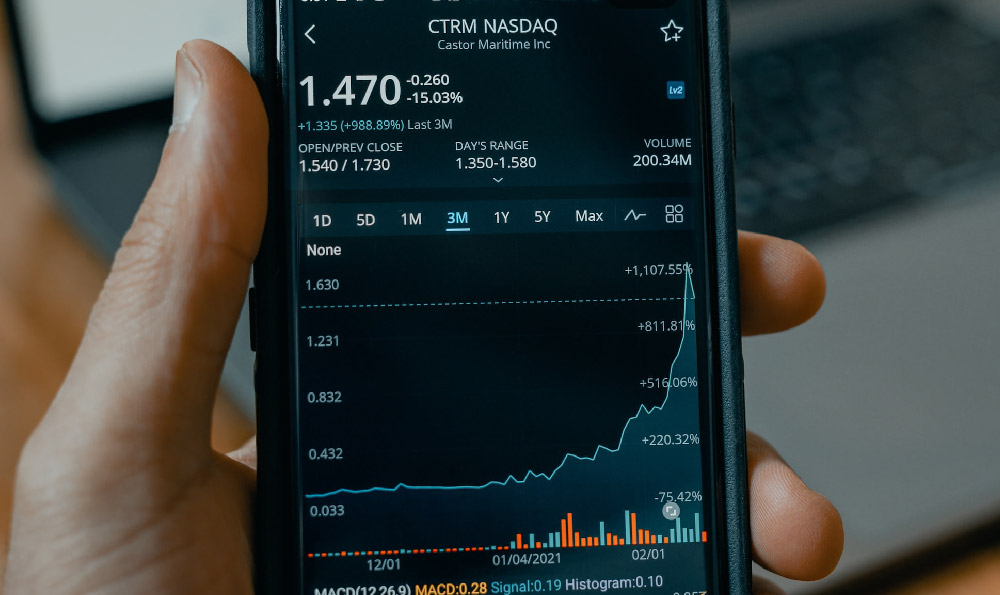Kick, the live-streaming platform that aims to challenge Twitch's dominance, has entered a competitive market already populated by established giants and emerging contenders. Understanding how Kick generates revenue and implements its monetization strategies is crucial for assessing its long-term viability and potential for success. Unlike established platforms with predictable revenue streams, Kick is still evolving its approach, navigating the balance between attracting creators and viewers while building a sustainable business model.
At its core, Kick's revenue generation is built on several pillars, primarily focusing on incentivizing creators and facilitating viewer engagement. These pillars, while still under development and refinement, aim to create a symbiotic relationship where the platform, creators, and viewers all benefit financially. One key aspect is its approach to subscriptions and donations. Kick offers creators a significantly higher revenue share compared to Twitch. While Twitch typically takes a 50% cut of subscription revenue, Kick boasts a 95/5 split, favoring the creator. This incredibly generous revenue split is a major draw for streamers, particularly those seeking to maximize their earnings. This model allows streamers to reinvest in their content, improve their setup, and potentially attract a larger audience, ultimately benefiting the platform through increased viewership and engagement.
Beyond subscriptions, donations provide another avenue for creators to generate income. Viewers can directly support their favorite streamers through various donation methods, and Kick's platform facilitates this process seamlessly. The platform likely takes a small cut of these donations, though the exact percentage is not publicly available and may vary depending on the donation method used. The combination of subscriptions and donations forms a crucial income source for creators on Kick, incentivizing them to create engaging content and build a loyal community. The platform benefits from a thriving ecosystem of creators who are financially motivated to stay and grow on Kick.

Advertising represents another significant potential revenue stream for Kick, although the implementation and integration of advertising are still in their early stages. Traditional advertising models, such as pre-roll, mid-roll, and banner ads, can be implemented to generate revenue from viewers. However, Kick needs to carefully balance advertising revenue with the user experience. Overly intrusive or disruptive advertising can alienate viewers and drive them away from the platform. To mitigate this risk, Kick might explore more integrated and less intrusive advertising formats, such as sponsored content or product placements within streams. The success of advertising revenue depends heavily on Kick's ability to attract a large and engaged viewer base, as advertisers are more likely to invest in platforms with a significant reach.
Sponsorships and partnerships represent another avenue for revenue generation. Kick can partner with brands and companies to offer sponsored streams, product endorsements, or other forms of collaborative content. These partnerships can generate significant revenue for both the platform and the creators involved. To ensure transparency and maintain viewer trust, it is crucial for Kick to clearly disclose sponsored content and ensure that creators adhere to ethical advertising practices. Furthermore, Kick can cultivate partnerships with esports organizations, gaming companies, and other relevant entities to expand its reach and attract new viewers. These partnerships can involve hosting esports tournaments, showcasing new game releases, or offering exclusive content to Kick viewers.
Another potential monetization strategy lies in the realm of in-app purchases and virtual items. Kick could introduce virtual currency that viewers can purchase and use to send animated emotes, highlight messages in chat, or unlock other premium features. These in-app purchases can generate a steady stream of revenue for the platform while providing viewers with additional ways to engage with streams and support their favorite creators. Careful consideration needs to be given to the pricing and perceived value of these virtual items to ensure that they are appealing to viewers. The introduction of virtual items needs to be balanced with the overall user experience and should not create a "pay-to-win" environment that disadvantages viewers who do not purchase them.
Data analytics and insights represent a less direct, but nonetheless important, component of Kick's monetization strategy. By collecting and analyzing data on viewer behavior, content performance, and advertising effectiveness, Kick can gain valuable insights into what works and what doesn't. This data can be used to optimize the platform's features, improve content recommendations, and target advertising more effectively. These improvements can lead to increased viewer engagement, higher advertising revenue, and ultimately, a more profitable platform. Furthermore, Kick can leverage this data to provide creators with insights into their audience demographics, viewing patterns, and engagement metrics. This information can help creators tailor their content to better resonate with their viewers and attract new followers.
One important challenge that Kick faces is balancing its generous revenue share for creators with the need to generate sufficient revenue to sustain the platform and fund its future growth. The 95/5 split is a major draw for streamers, but it also means that Kick needs to find alternative revenue streams to compensate for the lower commission on subscriptions. This balancing act requires careful planning and execution. Kick needs to aggressively pursue advertising, sponsorships, and other monetization strategies to ensure that it can maintain its generous revenue share for creators while remaining financially viable. If Kick struggles to generate sufficient revenue, it may be forced to reduce its revenue share for creators, which could lead to an exodus of streamers to other platforms.
Moreover, the current strategy, while attractive to creators, may be susceptible to manipulation. There needs to be robust fraud prevention measures in place to prevent artificial inflation of subscription numbers or donation amounts. Without proper oversight, the platform could be vulnerable to abuse, undermining the integrity of the system and potentially harming legitimate creators.
In conclusion, Kick's revenue generation and monetization strategies are still evolving. The platform is heavily reliant on its generous revenue share for creators to attract and retain talent. While this strategy has the potential to drive rapid growth, it also presents significant challenges in terms of sustainability and profitability. Kick needs to carefully balance its commitment to creators with the need to generate sufficient revenue to fund its operations and future growth. The successful implementation of advertising, sponsorships, in-app purchases, and data analytics will be crucial for ensuring Kick's long-term viability and its ability to compete effectively in the crowded live-streaming market. As the platform matures, its ability to refine its monetization strategies and adapt to the changing landscape of the live-streaming industry will ultimately determine its success.












